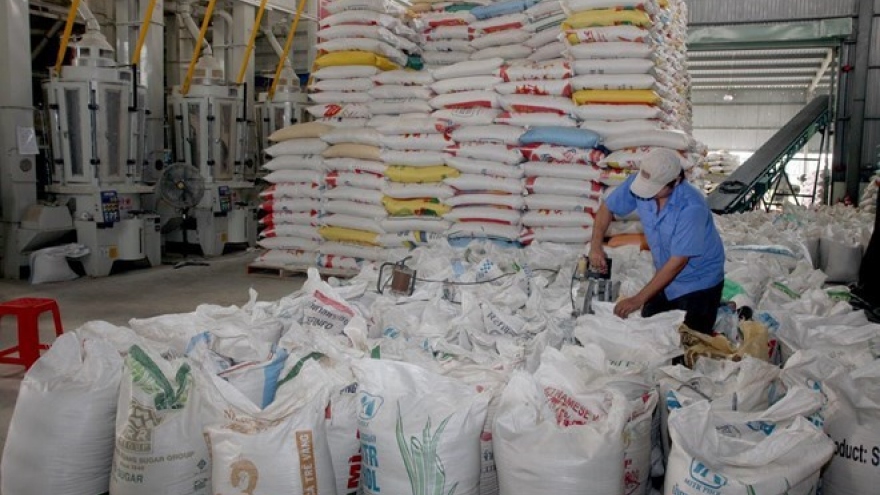Long-term solutions needed to fix rice industry
VOV.VN - The Ministry of Agriculture and Rural Development (MARD) has been scrambling as of late to devise short-term measures to prop up a faltering agriculture economy and introduce measures to stimulate production and demand.
 |
At a recent conference, MARD personnel said export prices of agricultural commodities from the beginning of the year have generally been lower than in 2015, amidst an overall slowdown in the global economy.
Droughts, coupled with salt intrusion, have also had and continue to take their toll on agriculture.
There was a healthy and important debate at the conference on the wisdom of agriculture becoming overly dependent on Chinese imports.
Duong Phuong Thao, deputy director of the Import-Export Department under the Ministry of Industry and Trade (MIT), said customs figures reveal exports to China account for up to 30% of total ag related revenue.
China’s academic and governmental policy structure as to the future direction of agricultural production is one of self-sufficiency and reduction of imports, said Mr Thao, noting that Vietnam is currently putting its economic security at risk by selling too much product to them.
China is also enhancing its national output through allowing small farmers to rent their small patches to larger farms, freeing up labour for manufacturing and adopting new farming technology to boost production.
He said, the Chinese movement towards self-reliance suggests that the Vietnam government should tighten its export polices, hold the mark on more exports to the northern neighbour and find a new pathway forward.
Rice struggling
Rice is one of the nation’s major commodities that has experienced a significant decline not only in exports but global market share throughout the first seven months of the year leading up to August.
MARD statistics show that in the first seven months of 2016, the bottom fell out of the market with rice exports plummeting year-on-year 18% by volume and 14% by weight to 2.93 million metric tons valued at US$1.32 billion.
Notably, rice consignments to China, by far the largest purchaser of Vietnamese rice with a 35% market share, experienced a drop of 23% in volume and 13% in value for the January-July period.
Significant declines in overseas shipments were also seen in the Philippines (down 54.3%) and Malaysian (down 59.2%) markets.
The number one problem the rice segment faces is quality control, said Huynh The Nang, president of the Vietnam Food Association. He said more emphasis need be placed on maintaining a consistent high quality output.
The nation’s rice farmers are competing against other countries that have installed new technologies including such things as in-bin rice drying and storage, factors impacting rice milling yields, and now they are even utilizing unmanned aerial vehicles (UAV drones) to manage crop cultivation.
Rice production in Vietnam is commercially outdated and very inefficient, as farmland is currently divided into small patches making it unsuitable to fully benefit from modern agricultural equipment with advanced technologies.
What’s needed is well implemented land reform to pave the way for more modern agriculture practices along with policies to provide badly needed funds for the rice segment of the economy to retool.
Only then will the nation find itself in a position to put in place long-term solutions and effective controls to ensure a high quality national output of rice on an economical, timely, consistent and sustainable basis, Mr Nang concluded.


